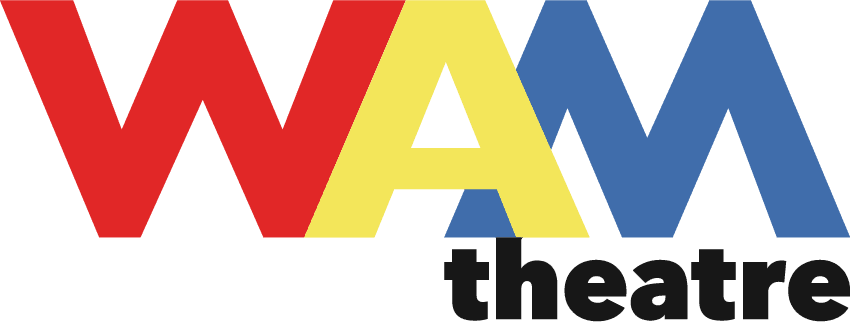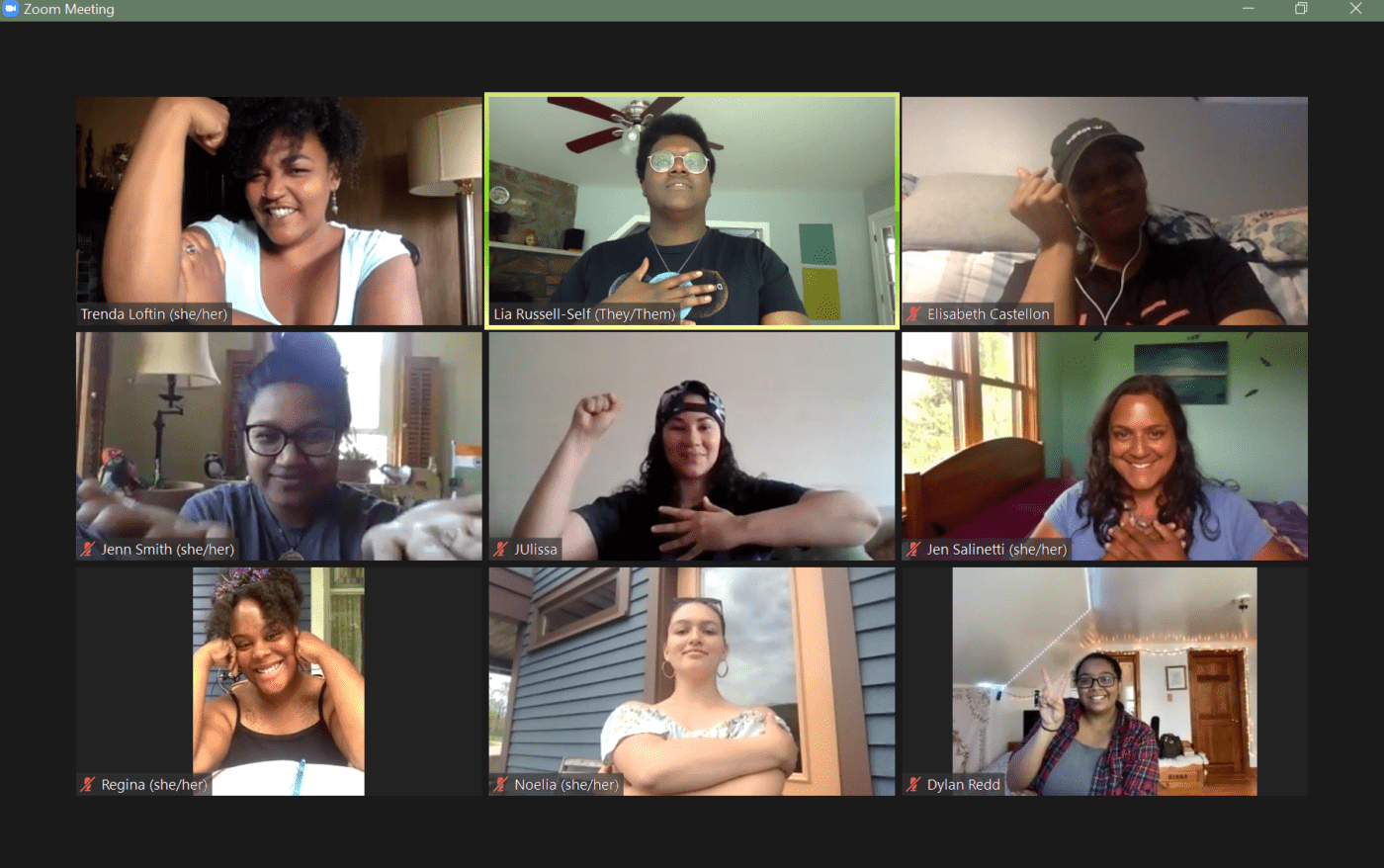by Talya Kingston, Associate Artistic Director
The thing we look forward to the most with our Community Engagement programming is the magic that happens when a group of people come together to create something new. Something that speaks to the moment and the place and the particular people in the room. We devise our performances. This means that, rather than working from a pre-existing script, we begin with a theme or an idea and then collectively create from that point. It gives us permission to reflect our experiences and imagine possibilities.
This Spring, we had committed to creating new performances around the theme of suffrage. By early March our ensembles were ready! Our Elder Ensemble (women over 65 years), a new Intergeneration People of Color Ensemble, and we had planned workshops with an Ensemble of Female Veterans (through a collaboration with Soldier On!) and Immigrants (through a collaboration with BRIDGE’s Women to Women Group). Teaching Artists had been hired, rehearsal and performance spaces contracted, flyers printed… Then COVID hit.
Initially everything screeched to a halt. We thought about postponing – for a month? six months? a year? Then a new plan emerged to move the ensembles on-line.
There were three main reasons that we decided to keep going:
- To carry on the dialogue about suffrage as a celebration of the 100 year anniversary of the passage of the 19th Amendment, as a space to share experiences of injustice and inequality, and as a place of community reflection during an election year.
- To give people creative work to do and a platform to showcase their work during a time when all their plans had been cancelled.
- To provide connection and community (ensemble!) during a time of social isolation and division.
This last reason has emerged as the most important: gathering as a group to create together. Like almost everyone else at this time of social isolation, we turned to zoom.
Our brand new People of Color Ensemble, led by Teaching Artists Lia Russell-Self and Trenda Loftin, has drawn participants from all over Western Massachusetts ranging in age from teenagers to sixty-somethings, including a mother and daughter. From their first zoom meeting last month, this group began building community through sharing stories and creative exercises, that Lia describes as “invigorating.” Going on to describe how “ensemble members are eager to keep the conversation going, staying up to an hour past when the meeting ended just to continue the lifting each others’ work and experiences up. This ensemble has already transformed from just being a place to possibly create but one of deep vulnerability.”
The Elder Ensemble, led by Teaching Artist Amy Brentano and myself, is also meeting weekly over zoom. We are always delighted to see each other again. One participant went from telling us at the first meeting that she was just too low to make anything creative, to composing an original song before the next meeting.
From the second meeting onwards we began embarking on some creative exercises to explore how this new medium could be used to reflect the material, the questions and the time we were living through. What happens if we reach towards our screens slowly at the same time? Can we create poetry by popcorning one word responses to a prompt? How close to the camera can we physically get and what does that do to our perspective?
Videographer Molly Weinberg logged onto our Elder Ensemble meeting and captured some of our creative process:
While we definitely miss creating together in a physical space, this moment of pause and adaptation has made the true purpose of our devising ensembles clear to me. It is always more about the process of creation than the production. It is always more about taking the time to listen to each other’s stories than handing out pre-existing scripts. Devised theatre naturally absorbs and reflects the time and conditions into which it is created. We come up with the most compelling ideas when creating through restrictions, (and all theatre is created with limited time, space, money.) Finally, the most important part of theatre is connection – and we need that now more than ever.

